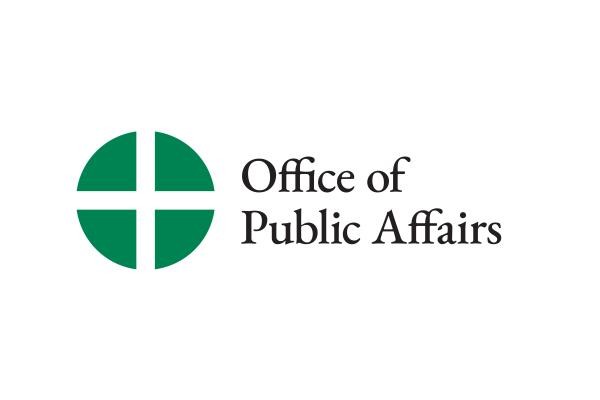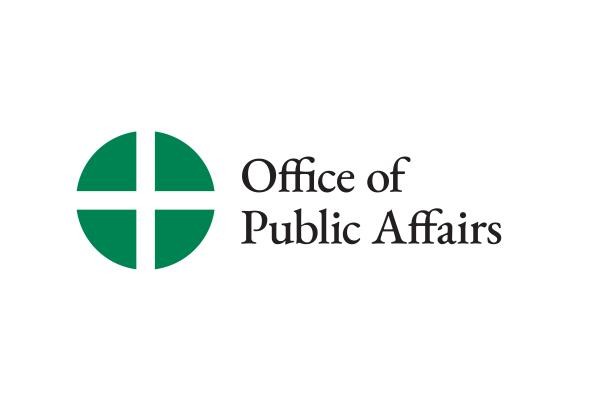Lutherans and Catholics Continue Work on 'Koinonia' Statement
WASHINGTON (December 13, 2001) -- The 10th round of talks between the Evangelical Lutheran Church in America (ELCA) and the United States Conference of Catholic Bishops (USCCB) reviewed drafts of sections of a forthcoming statement on "The Church as Koinonia of Salvation: Its Structures and Ministr
WASHINGTON (December 13, 2001) -- The 10th round of talks between the Evangelical Lutheran Church in America (ELCA) and the United States Conference of Catholic Bishops (USCCB) reviewed drafts of sections of a forthcoming statement on "The Church as Koinonia of Salvation: Its Structures and Ministries," at a meeting here December 6-9.
"Koinonia" is an anglicized Greek word that appears several times in the Bible. It is variously translated as "fellowship, partnership, a close mutual relationship, sharing in, contribution, or gift."
The dialogue is taking up issues of koinonia as they relate to ordained ministry and structures of church unity. Co-chairs of the dialogue are Auxiliary Bishop Richard J. Sklba of Milwaukee and Rev. Charles H. Maahs, former bishop of the ELCA Central States Synod, Overland Park, Kansas.
"I continue to be encouraged by the depth and fruits of our work in this effort to appreciate the significance of priest, pastor and bishop in God's work of salvation," Bishop Sklba said.
"In the course of our four days, it became increasingly clear that there are five or six points of clear convergence which we can all recognize, whose descriptions still need refinement," Bishop Sklba continued. A major development of the meeting came through the dialogue's study of church history to illustrate how similarly the two traditions have structured their ministries, he said.
Bishop Maahs said: "We have come to a point where we can acknowledge one another's strengths, while being clear about those issues that continue to separate us in our relationship. The way we are working as a group is something that is exemplary and needs to be affirmed."
Members of the dialogue presented drafts of papers and discussed how they might be organized into a final report. In addition to the chairs, the dialogue teams include six participants from each church and staff from both church offices.
The co-chairs gave a four member drafting committee the task of putting the papers into a draft the dialogue can review at its next meeting, May 2-5, 2002, at St. Paul's College, Washington, D.C. Lutheran members of that committee are the Rev. John H.P. Reumann, Philadelphia, and Dr. Michael Root, Trinity Lutheran Seminary, Columbus; Catholic members are Rev. Michael Slusser, Duquesne University, Pittsburgh, and Dr. Susan K. Wood, SCL, St. John's University, Collegeville.
Bishop Maahs said the group will not have a final draft in May "but will have a draft that will probably be able to clarify for us the places where we can arrive at some consensus terms about our structures and our ministries and the places where we still need to continue to do some work."
"We recognized agreement," Bishop Sklba said. "We also discovered that the other party in the dialogue may be saying the same thing we are saying in different words that don't deny our own affirmations."
The ELCA has 5.1 million members in 10,816 congregations across the United States and the Caribbean. Those congregations are organized into 65 synods, each headed by a bishop. The Catholic Church has more than 62 million members in the United States. Its 194 dioceses and archdioceses have almost 20,000 parishes.
The Catholic Bishops' Conference and the U.S.A. National Committee of the Lutheran World Federation initiated the first round of the "bilateral" dialogue in 1965. It has produced a number of common statements on such topics as Scriptures, saints, and justification by faith. The 10th round of talks began in September, 1998.


